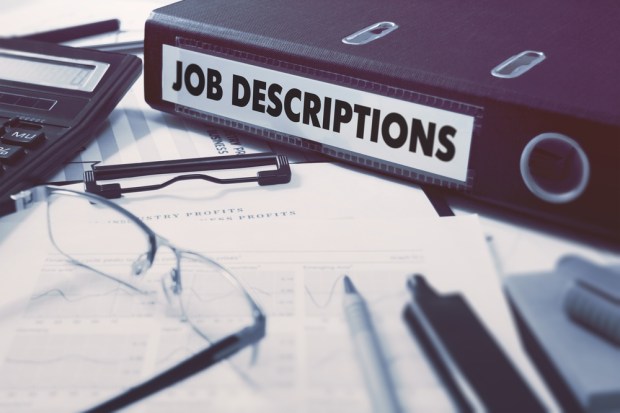Fed Rate Hike Looks Likely In Face Of US Job Growth

The jobs numbers are in, and they seem strong enough to seal the deal on a rate hike via the Federal Reserve as early as this month.
As reported Friday morning (March 10), nonfarm payrolls were up by 235,000 jobs in February, beating consensus expectations of economists that looked for a 190,000-position gain. The key driver in the most recent leap was the construction industry, which added the most positions in a decade, and the Labor Department chalked this up to warmer weather (which, of course, is a green light for projects to continue or get started in the first place).
Those are the headline numbers, and they beat expectations and bring the trailing average of job growth to 209,000. The robust additions of the past month brought the unemployment rate to 4.7 percent, down from 4.8 percent logged previously. In addition, December’s and January’s job creation rate was ratcheted up, with 9,000 more jobs logged than had been estimated previously.
One sector has suffered even in the face of those gains, with retail employment down by 29,000, the steepest drop, noted Reuters, since December of 2012. That comes in the wake of announcements that retail stalwarts such as JCPenney and Macy’s have slashed staffing, amid the ever-persistent threat of online shopping (and Amazon).
The stage is set, then, for a rate hike, as Janet Yellen, who chairs the Federal Reserve, said earlier this month that increases may in the offing this week. Along with job growth, where the labor force participation rate is at 63 percent, the highest in a year, wages have also ticked slightly, up 0.2 percent month over month. It is wage growth that could set rate hikes (note the plural) in motion, as this cost input becomes ever more expensive. Firms must compete for the same labor pool, which forces salaries and other comp higher. Higher prices would be a way to cover those costs and would spur inflation, which would in turn lead to the Fed trying to slow that growth.
